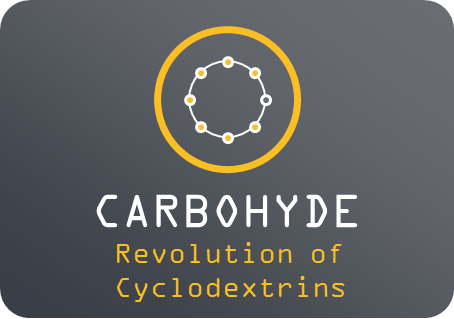Method for Reduced Aggregate Formation in Downstream Processing of Bispecific Antigen-Binding Molecules
This is a great example of using CDs in a downstream processing method to produce bispecific antigen-binding molecule. In Amgen‘s invention, β-CD is applied in the process either in a buffer applied in the filtration step or added to the filtration pool after the UF/DF filtration step to keep the product in a non-aggregated form.
Yan Wang; Nicholas Marchand; Robert Brake; Maria Perry; Ashish Sharma; Eugene Sun


